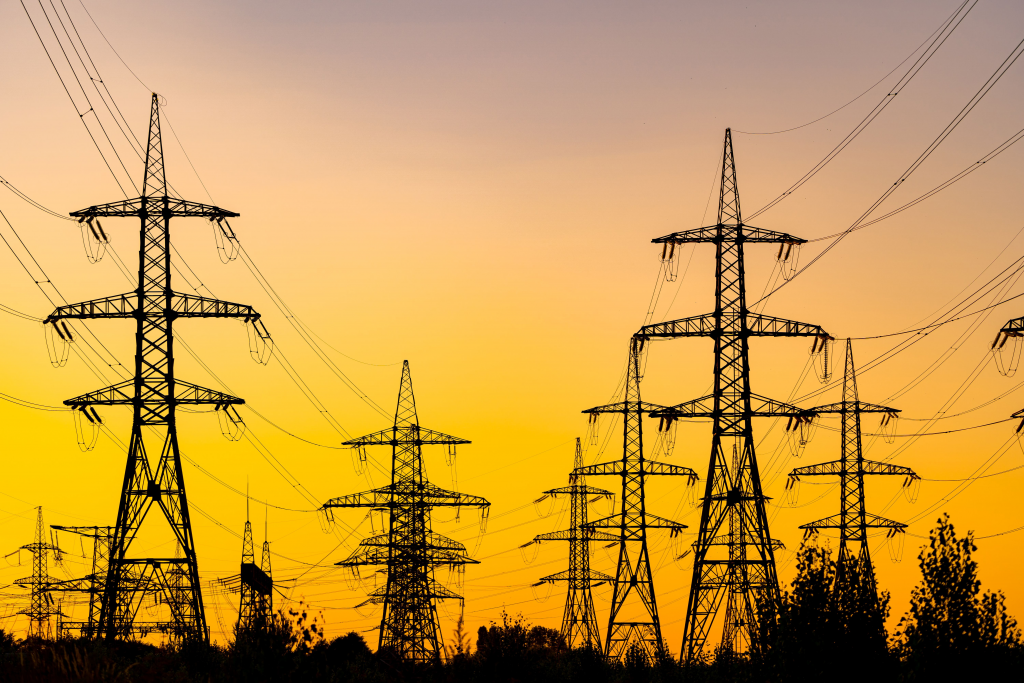In recent years, the pursuit of self-sufficiency, i.e. extensive independence from external influences and resources, has gained in importance. While we will continue to source energy internationally, we will also increasingly produce it locally. The circular economy also promotes and strengthens the local economy. It is clear that self-sufficiency in regions also plays an important role in a world characterized by global supply chains.
Globalization has increased the interconnectedness between states, companies and regions. This leads to growing dependencies, but we also make use of the so-called comparative cost advantage: This is the case when a country, region, company or person is capable of producing a certain good at lower alternative costs than the competition. For example, it makes more sense to install wind power plants on the North Sea than in regions where is little wind. Self-sufficiency would make our lives very expensive and limit our options. It makes in so many ways sense to act globally or in a common Europe.

The self-sufficiency of regions is understood to mean the ability to provide themselves with the necessary resources, goods and services without being dependent on external sources, or only in part. Autonomy refers to another concept that involves acting on one’s own responsibility and making independent, uninfluenced decisions – a manifestation of the self-determined citizen.
On the way to regional self-sufficiency
The vision of at least partial self-sufficiency of regions is an interesting and ambitious concept, which is also closely interwoven with the realization of climate neutrality. For example, by increasingly producing energy locally and using a high amount of it ourselves. Likewise, we are moving towards the reinforced cycle of raw materials: Decoupling economic growth from resource use and shifting to cycle-based systems for production and consumption are key to achieving climate neutrality for the EU by 2050.
Self-sufficiency is also essential, however, in order to be able to ensure supplies to the population in emergencies, for example: Climate change favors extreme weather events, and these will continue to increase. Regions therefore need concepts or plans for how they will act in an emergency. This contributes to community safety and resilience.
Here are some aspects and considerations:
- The reuse and recycling of raw materials promotes the circular economy and strengthens the regional market. This is essential at a time when supply chains and sourcing of raw materials are becoming more unstable, and it reduces the transportation of goods over long distances. Upcoming EU targets will mandate the increased cycling of raw materials: Switching to circular systems for production and consumption are key to achieving EU climate neutrality by 2050.
- Robust agriculture and the cultivation of a variety of crops contribute to self-sufficiency. Concepts such as urban gardening or vertical gardening can also help maintain agricultural diversity.
- Small decentralized energy systems such as microgrids and mini-grids make communities and regions less dependent on centralized energy suppliers. This increases the security of supply. These small photovoltaic systems include small systems such as balcony power plants.
- Efficient water management, including water treatment and recovery, is critical to security of supply. Rainwater harvesting and wastewater treatment can be implemented locally – which is essential in times of global warming and water scarcity.
- Increasing energy efficiency in buildings, transportation and industry is of great importance to fundamentally reduce energy demand. This can be achieved with the use of technologies such as intelligent building automation, smart city concepts, and improved transportation planning. There is still a lot of potential in this field.
- According to a study by the Institute for Transformative Sustainability Research (IASS), the potential of wind and solar energy is large enough to supply Europe regionally with one hundred percent renewable electricity. Renewable energy sources are crucial for the energy self-sufficiency of Europe. But in order for this electricity to reach all regions, the power grid must be expanded. Currently, the networks are not sufficiently dimensioned to ensure this. The expansion of storage facilities is also needed: Wind and solar energy is not always available at all times – for example, at night or during windless periods. Therefore, technologies are needed to store the energy surplus during high energy production.
Energy self-sufficient farms
In Austria, the importance of self-sufficiency and autonomy of regions has already arrived in the funding programs. Since February 2023, the Climate and Energy Fund has been supporting agricultural and forestry enterprises with the program “Security of supply in rural areas – energy self-sufficient farms”. According to the Ministry of Climate Protection, 100 million euros will be available from the ecological tax reform by 2025. Electricity storage, photovoltaic systems, biomass boilers, etc. receive subsidies. This is to become self-sufficient by relying on the independent production or generation of renewable energy. Energy self-sufficient farms thus guarantee a stable food supply even in times of crisis and strengthen the region.
What each and every individual can do
In the case of, for example, an extreme weather event, even countries with a high level of supply security may have a limited ability to provide assistance to the population. In such moments, people often have to rely on themselves. Apart from regional concepts, it is important to be prepared: For many people in the Western world, the idea of a power blackout may seem far away, and such extreme events can lead to feelings of helplessness and being overwhelmed. Cooperation is of importance here: That we work together and support each other in emergencies.
Experts who help regions be prepared for emergencies have summarized the most important points on how households can prepare: For example, it is advisable to have candles, a gas stove or grill, and battery-powered devices such as radios, flashlights, etc. at home in case of an emergency. Food for at least several days should be stored at home, and basic items such as water, medications and bandages should be on hand.
On the Internet you can find helpful tips on how to prepare for extreme events for instance on the homepage of the Society for Crisis Prevention .
Complex task
The realization of regional self-sufficiency and emergency concepts requires the consideration of many factors. It is a complex task that requires political support, financial resources and technological advances. A combination of renewable energy, efficiency measures, and sustainable practices will be key to achieving these ambitious goals.
Cover image: maxmann via Pixabay






